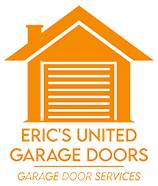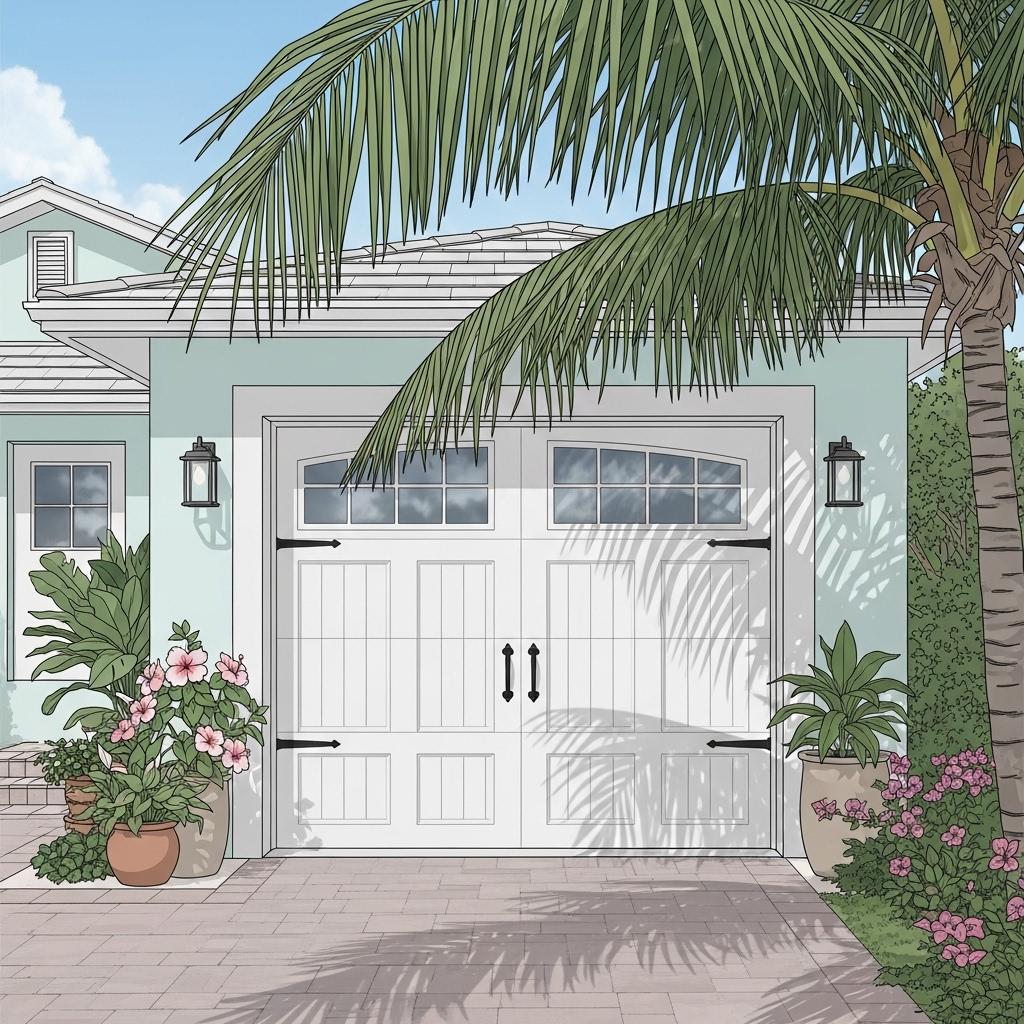Residential Garage Door Installation in Fort Lauderdale: A Homeowner’s Guide
Installing a new garage door is one of the most visible upgrades you can make to your home. In Fort Lauderdale, where coastal design and storm resilience matter, a well-chosen door boosts curb appeal, security, and daily convenience. Whether replacing an aging system or building new, understanding the fundamentals of garage door installation helps you select materials, insulation, and safety features that will serve your family for years.
From hurricane-rated products to quiet openers, the modern garage door is a sophisticated system. This guide covers style considerations, code requirements, the installation process, and maintenance steps that keep your door looking great and running smoothly across seasons.
Curb Appeal and Architectural Harmony
Your garage door is a large visual element of the façade. The right style enhances symmetry, guides the eye, and supports your home’s overall character. In Fort Lauderdale’s diverse neighborhoods, you will see modern coastal homes, Mediterranean-inspired designs, and traditional bungalows. Select a door that complements rooflines, window shapes, and exterior finishes.
- Modern: Clean lines, flush panels, and aluminum-and-glass designs suit contemporary homes.
- Transitional: Carriage-house details and subtle paneling offer timeless appeal.
- Traditional: Raised panels and classic window lites blend with many Florida styles.
- Custom: Mix materials, select distinctive window placements, or choose bold colors to create a unique look.
Material Options for Coastal Performance
Material selection affects durability, maintenance, and appearance. Steel doors provide strength and a range of finishes, from smooth to wood-grain embossing. Aluminum frames paired with tempered glass create a sleek aesthetic and resist corrosion. Wood offers warmth and custom craftsmanship but requires careful maintenance in humid environments. Composite doors emulate wood without extensive upkeep, making them popular for coastal climates.
Hardware should be chosen with salt-air exposure in mind. Galvanized or stainless fasteners, coated springs, and powder-coated tracks help resist corrosion and extend service life. Ask your installer about hardware specifications optimized for coastal conditions.
Insulation, Comfort, and Noise Control
An insulated door can improve comfort in adjacent living areas and reduce noise transfer from the street. Polyurethane insulation delivers higher R-values and structural rigidity, while polystyrene offers dependable baseline performance. Combined with perimeter weather seals and a snug-fitting bottom astragal, insulation supports energy efficiency and a quieter garage environment.
If you plan to use the garage as a home gym or workshop, prioritize insulation and request nylon rollers with sealed bearings to further reduce operational noise. Pairing these features with a quiet belt-drive or direct-drive opener improves the experience for everyone at home.
Wind-Load Ratings and Local Codes
Fort Lauderdale homeowners must consider wind-load ratings to protect the home envelope during storms. Hurricane-rated doors feature reinforced panels, robust hinges, and upgraded track systems designed to resist wind pressure and debris impact. Your installer should guide you through product options that meet local code and help with permitting and inspections when required.
Proper installation means using the correct fasteners, verifying header integrity, and ensuring solid attachment to supporting walls. These steps are vital for a secure, code-compliant outcome.
Openers and Smart Features
Openers vary by drive type and feature set. Belt-drive systems are quiet and well-suited to attached garages. Chain-drive models offer durability, and wall-mount units free ceiling space. Smart features include remote monitoring, voice control, and guest access codes. Battery backup keeps your garage functional during outages, which is valuable during storm season.
An installer should calibrate travel limits, force settings, and soft-start features to preserve the door and reduce wear on gears and belts. Precise setup helps avoid slamming or binding and ensures safety sensors trigger reliable auto-reverse responses.
What to Expect During Installation
- Precheck: Measurements, framing review, opener power access, and clearance verification for tracks and springs.
- Old door removal: Safe handling of panels and hardware with proper disposal.
- Track and spring installation: Correct sizing of torsion components and careful alignment for smooth travel.
- Panel stacking: Sections are leveled, hinges installed, and rollers seated in tracks.
- Opener mounting: Rail alignment, attachment to header bracket, and connection of door arm.
- Weatherproofing: Installation of perimeter seals and bottom astragal to block drafts and moisture.
- Testing and orientation: Final checks of balance, safety sensors, and manual release, plus homeowner training.
Meticulous work is the difference between a door that glides effortlessly and one that rattles or drifts. Reviewing professional guidance on garage door installation can help you ask the right questions and confirm that your installer follows best practices from measurement to final test.
Preparing Your Home and Family
Clear the garage of obstacles near the opening, remove vehicles, and secure pets. Let the installer know about ceiling storage racks or low-headroom constraints. Have Wi-Fi credentials ready if your opener includes smart features, and plan for keypad placement that is visible yet secure.
Consider the timing. Schedule installation when you can be available for orientation. Bring remotes from all household vehicles so the technician can help with programming and explain how to use the manual release in case of emergency.
Routine Care for Long-Term Reliability
- Inspect and lightly lubricate hinges, rollers, and springs twice yearly.
- Clean and align photo-eye sensors; keep the lens area free of dust.
- Test auto-reverse monthly with a low object; adjust only per manufacturer instructions.
- Examine seals for gaps and replace worn weatherstripping.
- Check balance by disconnecting the opener and lifting the door halfway.
Address unusual noises early. A ticking roller or vibrating opener may indicate misalignment or loose hardware. Small adjustments now can prevent bigger repairs later.
Common Mistakes to Avoid
Do not reuse incompatible tracks or hinges with a new door. Avoid over-tightening fasteners in wood framing, which can crush fibers and reduce holding strength. Never bypass safety sensors to solve nuisance reversals; address alignment or interference instead. If the door becomes heavy or drifts open, call a professional—torsion spring adjustments are not a DIY task.
Be cautious with decorative add-ons. Ensure accessories and glass options are compatible with your door’s wind-load rating and do not add weight beyond the spring design.
Frequently Asked Questions
Q: How long does a residential installation take? A: Most standard installations are completed in one day, including removal, installation, setup of the opener, and safety checks.
Q: What wind-load rating do I need? A: Your installer will recommend products that meet local code and your home’s exposure category. Permitting ensures compliance.
Q: Are insulated doors worth it in Florida? A: Yes, for noise reduction, added rigidity, and improved comfort if the garage is used for hobbies or adjacent to conditioned space.
Q: Which opener is best for a quiet home? A: Belt-drive or direct-drive models are ideal, especially when bedrooms are above the garage.
Q: Can I keep my existing opener? A: Possibly, if it is compatible and in good condition. However, a new door may require updated safety features and hardware.
Q: What maintenance is homeowner-friendly? A: Visual inspections, sensor cleaning, and light lubrication are safe. Leave spring adjustments to professionals.
Q: Will a new door improve security? A: Yes. Newer systems have stronger hardware and advanced opener encryption to deter unauthorized access.
Q: Can I customize color and windows? A: Absolutely. Many manufacturers offer a wide palette, wood-grain finishes, and multiple window styles, including impact-rated glass.
Ready to Refresh Your Home’s Entrance?
Boost curb appeal and confidence with a door designed for coastal performance, thoughtfully installed by local experts. From materials and insulation to smart openers and weather seals, the right combination elevates everyday living and storm resilience. Take the first step by exploring professional garage door installation solutions, schedule a consultation, and enjoy a smooth, quiet welcome home.

